Mendoza, with its tree-lined streets, plentiful plazas, and prime location at the foot of the Andes is one of the world’s most beautiful wine cities.
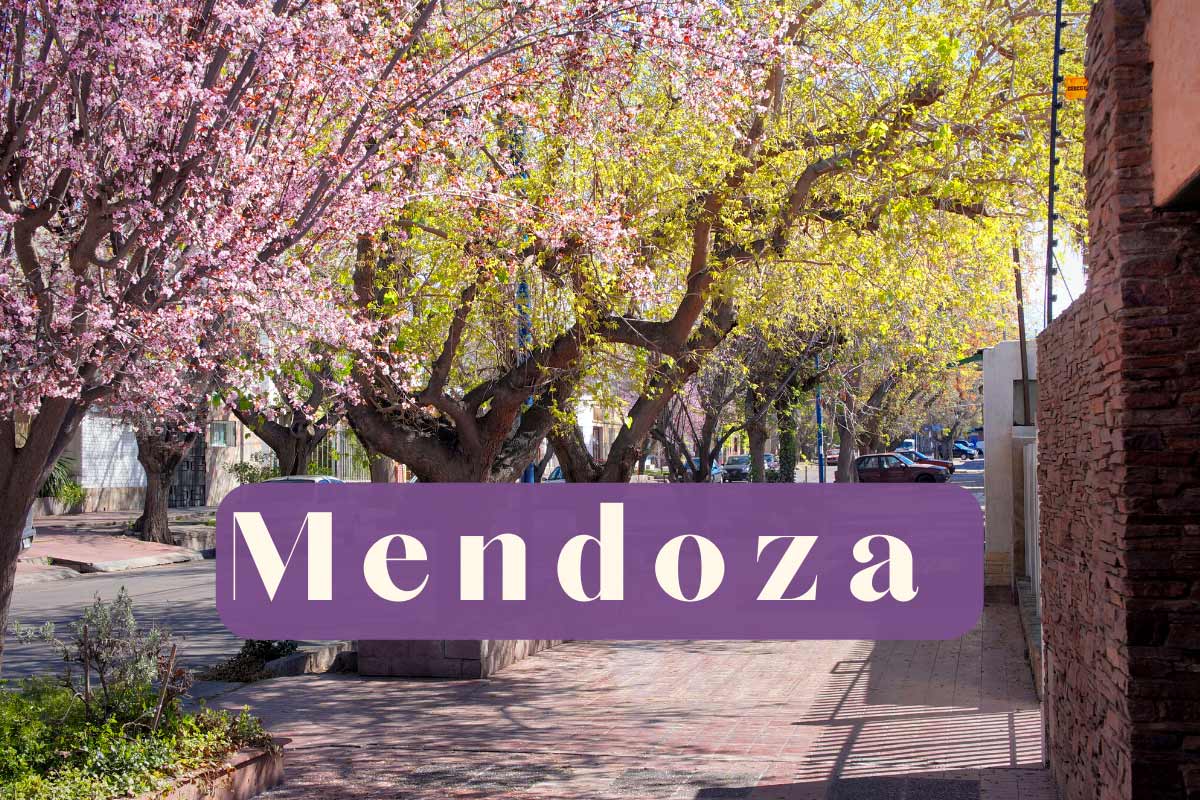
Early immigrants from Europe realized the potential for viniculture when they saw that not only was the Cuyo region blessed with abundant sunlight all year round, it also had a ready-made canal system, courtesy of the Huarpe natives, which brought water from the Andes mountains.
The area proved ideal for the cultivation of wine grapes, especially the previously under-appreciated Malbec grape.
The effective water-distributing canals are also the reason for the healthy verdure of the trees lining Mendoza’s downtown streets, as well as the fact that it is illegal to cut down or even trim one of the city’s characteristic trees without permission from the local council.
That particular law is great for the aesthetics of Mendoza, but not always favorable to its residents – it’s not uncommon to see a huge tree smack in the middle of someone’s driveway, or slowly strangling some poor telephone wires into a crackly death.
It’s also surprising that more people don’t break their ankles by tumbling into the grate-less streams running alongside every street, which are especially hard to notice after a few glasses of the local product.
Such a clean, organized, and well-thought-out city seems like a far-fetched idea for anyone who knows the lovable, but shambolic Argentines well.
The contrast between Mendoza and sprawling, chaotic Buenos Aires is striking.
This can partly be put down to the sheer size difference between the two cities, and perhaps the typically slower pace of provincial life.
Tragedy has also played a part in shaping the Mendoza of today.
A massive 7.2 earthquake in 1861 almost totally leveled the buildings of the city, and wiped out an estimated 30% of the population.
From the rubble, the city was rebuilt along a carefully laid out plan that included low buildings, wide streets and dozens of open plazas, which would act as sanctuaries in case of future earthquakes in the volatile region.
Mendoza’s Cabildo (City Hall), the neo-Romanesque San Francisco Church, and Teatro Independencia were all built shortly after the earthquake and still stand today.
Mendoza’s City Center Attractions
The beauty of Mendoza is that many of its attractions can be experienced simply by strolling the city center on foot.
Explore pretty plazas, historical ruins left by the great earthquake, a spin around the General San Martin Park with its elaborate gates and Romanesque fountains, and a trip up nearby Cerro de la Gloria (Glory Hill), which has Instagram-worthy views of the picturesque city and its surrounding vineyards.
At the peak of Glory Hill is the coolest monument you will ever see, depicting José Francisco de San Martin, ‘Liberator of the Americas,’ astride his horse with arms crossed in all-conquering confidence.
He’s flanked by a horde of hellacious warriors, above whom rises Liberty, who is simultaneously shattering the chains of oppression.
It’s a monument that is as subtle as a train wreck, and quite spectacular.
General San Martin is a constant presence in these parts – his name is on everything — as this is the place where he crossed the Andes in 1817 to liberate (or invade, depending on who you talk to) neighboring Chile.
Stately Plaza Independencia is the pristine Neo-Renaissance San Francisco Basilica, inaugurated in 1875 and given the title of Basilica in 1927 by Pope Pius XI.
On the altar is the image of the Virgin of Carmen de Cuyo, Patroness of the army of the Andes. In a chest lay the baton General San Martín left to her before beginning his march across the range.
Stroll along Avenida Aristides Villanueva, Mendoza’s cosmopolitan main avenue, where modern high-rise buildings, chic restaurants and lively bars line the wide boulevards.
While Mendoza’s city sights are easily accessible to independent exploration, the region’s true essence lies in its world-renowned winemaking traditions and pristine natural surroundings.
To fully immerse yourself here venture beyond the city core on day trips to historic bodegas for wine tastings, go horseback riding on trails that snake through vineyard-lined valleys, or take an exhilarating river rafting adventure in the remote Potrerillos area near imposing Aconcagua, the Western Hemisphere’s tallest peak.
Visiting Mendoza’s Vineyards
Mendoza is surrounded by three main wine-producing regions, each offering unique characteristics and experiences for visitors that will leave you thirsty for more:
Conveniently for tourists, the main wine-producing districts are all located within 40 kilometers of Mendoza city center, so it’s easy to visit a handful of vineyards in a single afternoon.
Visitors usually tour all three regions, starting with the nearby Maipú and Luján de Cuyo to check out both traditional and modern wineries.
The scenic Uco Valley, though further away, is a highlight for its top wines and gorgeous vistas.
Mendoza’s Wine Producing Districts Breakdown
1. Maipú
Distance from Mendoza City: approximately 20 kilometers (12 miles) southeast.
Maipú is characterized by a warm climate and fertile soil, producing robust Malbecs, Syrahs, and Cabernet Sauvignons.
Visitors often explore the area by bike, visiting traditional wineries that offer charming, intimate tastings.
Notable Wineries in Maipu:
• Bodega La Rural (home to the Wine Museum)
• Trapiche
• Bodegas López
2. Luján de Cuyo
Distance from Mendoza City: approximately 25 kilometers (16 miles) southwest.
Luján de Cuyo is renowned as the birthplace of Malbec.
The vineyards here benefit from high altitudes and a temperate climate, resulting in high-quality wines with great complexity and structure.
The area features historic wineries and modern getaways, offering a blend of tradition and innovation.
Notable Wineries in Luján de Cuyo:
Bodega Catena Zapata
Bodega Norton
Bodega Luigi Bosca
3. Uco Valley
Distance from Mendoza City: approximately 80 kilometers (50 miles) south.
The Uco Valley’s high-altitude vineyards, enchanting mountain views, and cutting-edge winemaking techniques make this the area to go to for gourmet dining and exclusive experiences.
The region’s cooler climate and diverse soils produce some of Argentina’s most elegant and refined wines, including Merlot, and Chardonnay. Shout out to the white wine lovers — you aren’t left out.
Notable Wineries in Uco Valley:
Bodega Salentein
Andeluna Cellars
Domaine Bousquet
Hiring a car is a popular option for those who have a designated driver, but it’s also easy to visit the vineyards as part of a tour group.
⇒ See all Day tours & Wine Tours in Mendoza
The latter option is surprisingly inexpensive and allows a great deal of freedom to roam. The drivers are used to escorting tourists around, and they’re locals, so their inside knowledge can be really valuable.
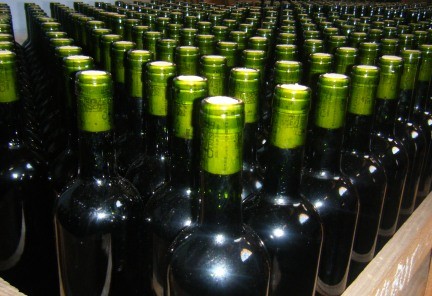
Bottles of Mendoza wine
JЦƧƬ ЩΛIƬIПG ƬӨ BΣ DЯЦПK
The best strategy in a Mendoza visit is to mix up vineyard visits — visit a couple of the big-name wine producers, and also some smaller, boutique bodegas (wineries).
One of the biggest names in Argentine wine is Rutini, and while they have a location in Mendoza city, their lovely La Rural Bodega (Monte Caseros 2625 – Maipu) is well worth a visit.
Rutini tours start with a visit to their very own wine museum, which offers an insightful journey through the history of wine production in Argentina.
Visitors learn about winemaking from the early days of pressing the grapes by foot in large leather troughs, right through to the modern methods involving the grape passing through a series of impressive-looking machines — each the size of a room — before the juice is fermented in massive temperature controlled vats.
The tour guides are slick and well-informed, and at the end of the tour, they will talk you through a tasting of some of Rutini’s famous wines.
There are other similarly extensive wine tours in the likes of Luigi Bosca (San Martín 2044, Lujan de Cuyo), and Terrazas de los Andes (Thames y Cochabamba, Lujan de Cuyo).
With their vast vineyards and sophisticated production facilities, show visitors how traditional methods have been combined with modern technology to produce the quality wines, in vast quantities, that end up on our dinner tables.
(The Cacheute Thermal Springs, closer to Mendoza city offers more of a spa experience though).
Small Bodegas (Vineyards) to visit around Mendoza
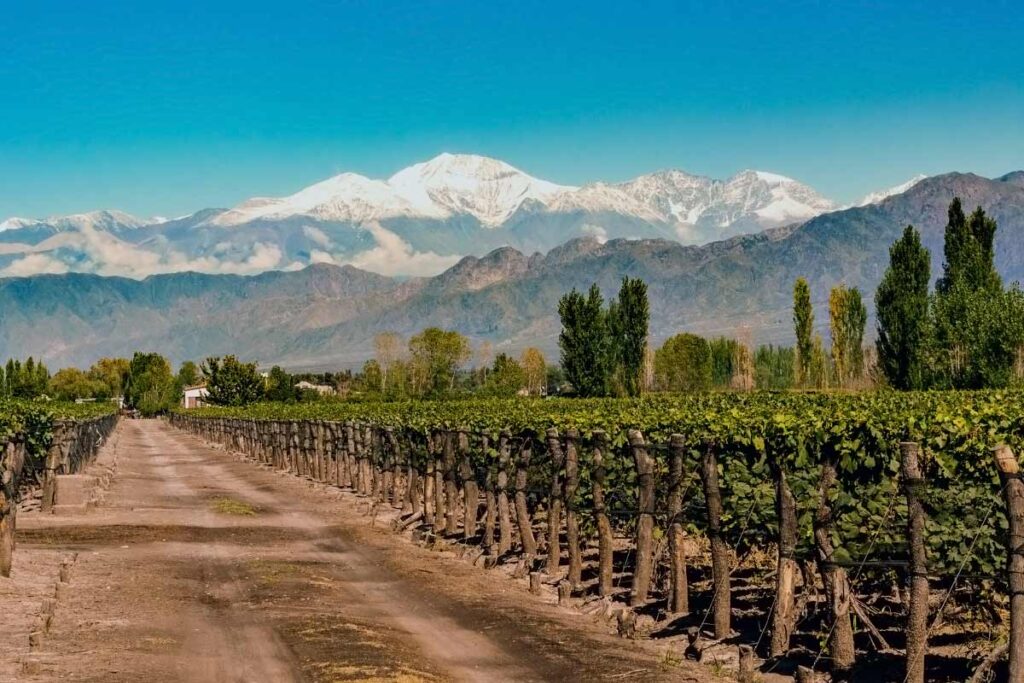
One of the real pleasures of visiting a wine region like Mendoza, however, is discovering for yourself your own little gems of winemakers.
One such gem is Bodega CarinaE (Videla Aranda 2899 – Maipu).
Owned by French couple Brigitte and Philippe Subra, who fell so in love with the region and its wine culture, that they decided to become a part of it.
Enlisting the help of world-renowned French Enologist Michel Rollan they have produced a multi-award winning range of wines.
Phillippe’s other love, astronomy, works as a theme all through the bodega, from the names of constellations that appear throughout, to the starry design of the labels on the bottles.
Bodega Cecchin (Saez 626 – Maipu) is a maker of organic wines and olive oils of excellent quality.
Tours here have that personal touch, and the wines you can taste and buy here can’t be found in stores.
Similarly intimate is the vineyard Cavas de Don Arturo (F. Villanueva 2233 – Maipu), a family-run vineyard whose staff is knowledgeable and passionate about their product.
You can also find limited edition wines, which are designed by Don Arturo himself and produced especially for family occasions such as weddings and birthdays, and are available to buy only at the estate.
These are just a few examples of what can be found among the 682 wineries of Mendoza.
Once you are there you can go ahead and discover new ones on your own.
Hiking, Kayaking, and Biking in Mendoza Province
There are plenty of other things to do in and around Mendoza apart from tasting wine all day, although you could be forgiven if that’s all you did.
Apart from vineyards, the region is also prosperous in fruit growing and oliviculture.
Many of the area wine tours will also include a stop at one of the numerous olive groves, where you will be able to see how olive oil is pressed and sample some delicious varieties on crusty bread.
For the more adventurous, there are plenty of outdoor activities such as kayaking, horse riding, mountain biking, some very good trout fishing and trekking, such as the Cordon del Plata trek Andes excursion to the summit of the Morro del Negro.
| Tour | Two-Day Horseback Gaucho Experience |
|---|---|
| Duration: | Two Days |
| General Info: | Horseback riding, camping, food, authentic gaucho experience |
Rating: | ⭐️⭐️⭐️⭐️⭐️ |
| Price: | US $520 |
Into the Andes, at the Foot of Aconcagua Mendoza’s Hot Springs
Being so close to the Andes, a must while in Mendoza is taking a drive up through the three levels of mountain ranges, each greater than the last.
The 50 km winding road up Mount Villavicencio, famous in Argentina for being a source of bottled spring water of the same name, culminates in some spectacular views from the top.
This journey offers a stunning progression of natural beauty, through the majestic terrain of Latin America’s tallest peaks.
The vineyard-studded foothills of the Precordillera lead to the dramatic, rugged peaks of the Cordillera Frontal, and into the awe-inspiring heights of snow-capped summits.
Deeper into the range is Los Penitentes, a ski resort that was announced to be reopening in 2024 after being neglected for several years due to lack of snow and mismanagement.
The old lifts aren’t expected to be in operation but planned offerings include trekking, mountain biking, sledding, ice skating and snowshoeing,
If doing outdoor activities, you’ll want to go just a bit further along Route 7 to the Puente del Inca.
The colorful natural limestone bridge formed by the mineral waters that is rooted in native Huarpe legend.
The hot springs here Puente del Inca are renowned for their healing qualities.
The 34C (93F) thermal waters contain sodium chloride, traces of iron and other minerals.
Looming over everything is Aconcagua, the Andes’ highest peak, and the tallest mountain in the world, outside the Himalayas.
How Long to Visit
Mendoza offers such a variety of activities that it’s an ideal destination for young and old travelers, couples or families, adventure seekers or spa and wellness seekers and anyone just wanting a relaxing time drinking wine and wandering around.
You’ll need at least three or four days to see the basics.
If unlucky enough to have an overcast day, you may want to avoid driving the canyon roads in foggy conditions only for poor views.
One could spend much longer time in Mendoza without running out of things to do.
When to Visit Mendoza
Mendoza has a dry climate and is sunny for more than 300 days a year, which means it is a pleasant city to visit at any time of year.
For six months of the year, from October until April, the climate is very agreeable, with daily temperatures ranging from 16-25 Celsius (60-77 Fahrenheit).
The spring months of September, October, and November are pleasant with an average temperature of 70°F (21°C) and the vines are blossoming.
Visitors will find beautiful,unny weather and lighter crowds than in summer.
Fall (March-May) offers beautiful foilage and the harvest festival.
But Mendoza offers appeal in every season for wine lovers.
While temperatures are pleasant during the day in fall, it cools off at night, especially at higher elevations.
The summer months of December, January and February are the warmest months, but unlike Buenos Aires, Mendoza rarely gets unbearably hot.
Summer visitors will want to pack light, breathable clothes to layer and sun protection and sunglasses — it’s sunny and at a high altitude!
The winter months of June—August are low season at the bodegas, with cooler temperatures around 50°F (10°C).
Some visitors enjoy taking advantage of fewer crowds and lower prices at this time of year.
In the winter you’ll need outdoor wear if doing extended outdoor activities, although snowsuits can be rented along with ski or snowboard equipment.
International wine connoisseurs descend on Mendoza during its harvest months of January, February and March.
Annual Grape Harvest Festival
Time your visit to Mendoza between February and April, and you’ll be immersed in the region’s region’s biggest annual bash, La Fiesta de la Vendimia ➡.
What began as a humble harvest festivity has vinously evolved into a two-month long fête culminating in early March with a grand grape extravaganza that draws oenophiles from around the world.
Lively folkloric music and traditional dances fill the plazas, the scent of sizzling asado barbecues fill the air as Mendoza’s storied vineyard heritage takes center stage
The wine-fueled celebration encapsulates the essence of Argentine food, wine and hospitality culture.
For anyone planning to visit more of Argentina than just Buenos Aires, sunny wine-soaked Mendoza is an intriguing contender up there with other iconic destinations such as Iguazu Falls, and Bariloche.
—by Dan Colasimone
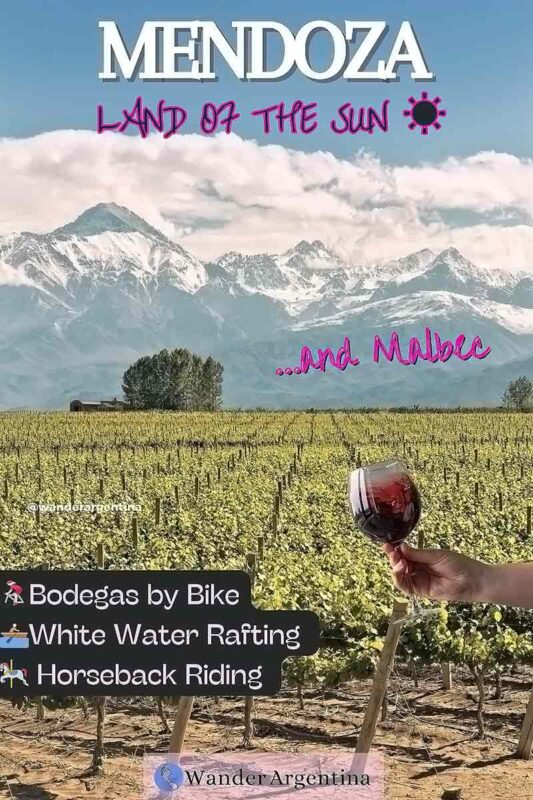
→ See our list of Premium Mendoza Day Tours
⇒ See all economy Tours in Mendoza
→Read our guide to accommodation in Mendoza here
→ See a list of all hotels in Mendoza

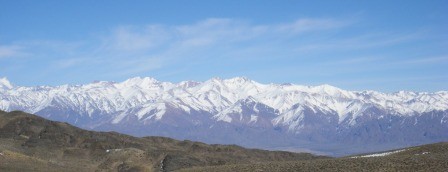
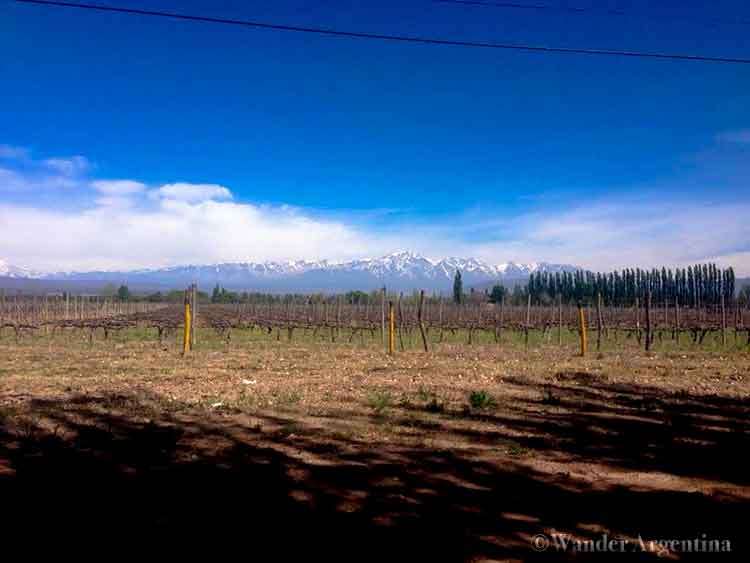
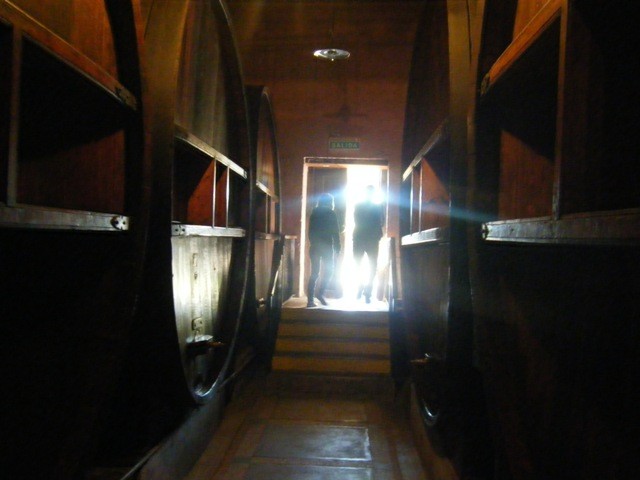
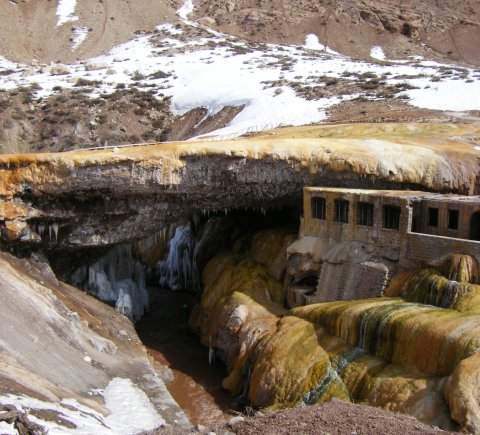
1 thought on “Mendoza: Beautiful Wine City at the Foot of the Andes”
Comments are closed.